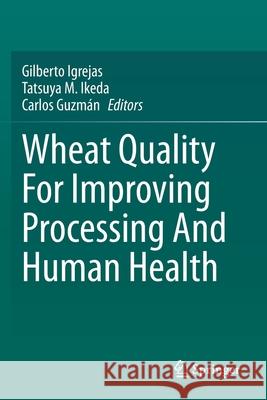Wheat Quality for Improving Processing and Human Health » książka
topmenu
Wheat Quality for Improving Processing and Human Health
ISBN-13: 9783030341657 / Angielski / Miękka / 2021 / 557 str.
Wheat Quality for Improving Processing and Human Health
ISBN-13: 9783030341657 / Angielski / Miękka / 2021 / 557 str.
cena 684,33
(netto: 651,74 VAT: 5%)
Najniższa cena z 30 dni: 655,41
(netto: 651,74 VAT: 5%)
Najniższa cena z 30 dni: 655,41
Termin realizacji zamówienia:
ok. 22 dni roboczych
Dostawa w 2026 r.
ok. 22 dni roboczych
Dostawa w 2026 r.
Darmowa dostawa!
Kategorie:
Kategorie BISAC:
Wydawca:
Springer
Język:
Angielski
ISBN-13:
9783030341657
Rok wydania:
2021
Wydanie:
2020
Ilość stron:
557
Waga:
0.78 kg
Wymiary:
23.39 x 15.6 x 2.95
Oprawa:
Miękka
Wolumenów:
01
Dodatkowe informacje:
Wydanie ilustrowane











